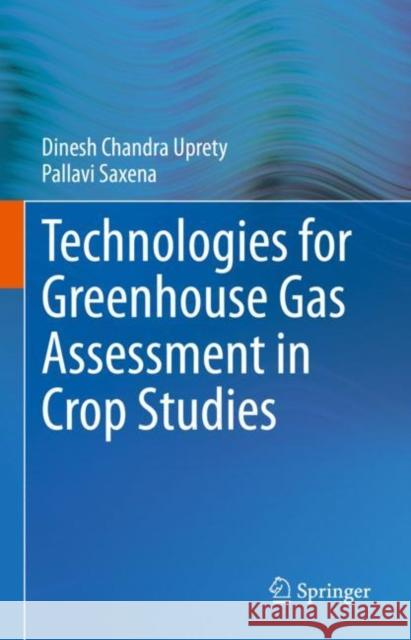Technologies for Green House Gas Assessment in Crop Studies » książka
topmenu
Technologies for Green House Gas Assessment in Crop Studies
ISBN-13: 9789811602030 / Angielski / Twarda / 2021 / 134 str.
Technologies for Green House Gas Assessment in Crop Studies
ISBN-13: 9789811602030 / Angielski / Twarda / 2021 / 134 str.
cena 603,81
(netto: 575,06 VAT: 5%)
Najniższa cena z 30 dni: 578,30
(netto: 575,06 VAT: 5%)
Najniższa cena z 30 dni: 578,30
Termin realizacji zamówienia:
ok. 22 dni roboczych
Dostawa w 2026 r.
ok. 22 dni roboczych
Dostawa w 2026 r.
Darmowa dostawa!
Kategorie:
Kategorie BISAC:
Wydawca:
Springer
Język:
Angielski
ISBN-13:
9789811602030
Rok wydania:
2021
Wydanie:
2021
Ilość stron:
134
Waga:
0.41 kg
Wymiary:
23.88 x 19.56 x 1.27
Oprawa:
Twarda
Wolumenów:
01











